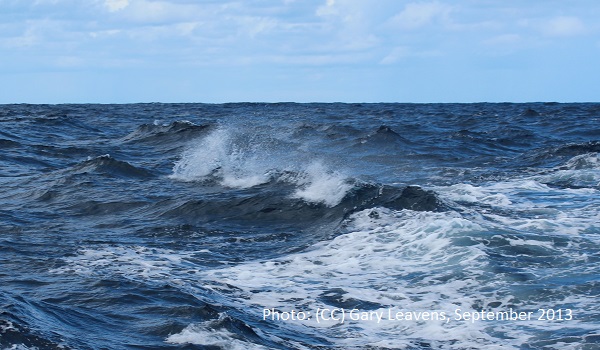Reception conditions in the Canary Islands remain poor, including at a newly opened facility in Tenerife that is the largest in the islands. Poor living conditions, violence by local gangs, and the lack of perspective of transfer to the mainland sparks protests in Tenerife and Gran Canaria. Further, a number of self-harm incidents and attempted suicide were reported within the migrant community. Four people have died on their lengthy journeys to the archipelago due to thirst and cold, raising this year’s death toll along the Atlantic Route to 22.
The Canary Island’s largest reception centre with a capacity to accommodate more than 2,000 people in tents has started to operate on 5 February. About one hundred people were transferred from hotels to the ‘Las Raíces’ facility located in Tenerife and more transfers are planned, including from Gran Canaria where currently the large majority of arrivals is accommodated. News on bad conditions in the facility have reportedly spread quickly among the migrant community in the islands prompting a number of protests to demand transferrals to the Spanish mainland instead of being placed in “waiting room[s] for deportation”. When the new camp opened, temperatures were at only 8° C and rain and mud was entering into the tents. In Gran Canaria, about 30 people who learned that they were scheduled to be transferred to the new camp staged a protest in front of their current hotel accommodation. “The center in Tenerife is a freezer. And it’s a way of holding us all together in order to deport us to Morocco. We don’t want to go back. Ever,” said one of them, a 24-year-old from Morocco.
Several incidents of self-harm and suicide attempts among people blocked in the islands by Spain’s government have recently occurred, including a man’s attempt to jump off a balcony. Last weekend, about 450 people accommodated at a school in Gran Canaria went into hunger strike to protest their current living situation. “We suffer a lot of psychological pressure here,” one protester said, adding “a prisoner at least knows how long their sentence will last, but I don’t know when I will leave the Canary Islands, and meanwhile my children are waiting for me to send money.” Following a number of violent attacks against people staying at the school by local gangs, residents now fear leaving the compound which has been guarded by police since the attacks.
On 8 February, a technical accident resulted in the flooding with sewage water of one of Gran Canaria’s migrant camps located in Las Palmas. Video footage from inside the camp seen by several media outlets shows dirty water entering tents where people sleep and brown puddles under their beds. A few days earlier, the same camp had been flooded after heavy rainfall.
A number of rescues by the Spanish coast guard took place throughout the week, including the rescue of 71 people who arrived in the archipelago on 10 February. Four people, including three children and one adult man, have died on a boat bound for the Canary Islands last week. According to Helena Maleno, head of the NGO Caminando Fronteras, thirst and cold after being at sea for seven days were the cause of their deaths. 39 survivors from the boat were rescued by Moroccan forces on 6 February and returned to Morocco, from where they had departed, yet only four of them were Moroccan nationals. According to data gathered by the Missing Migrants Project, 22 people have died along the Atlantic Route since the beginning of the year.
For further information:
- ECRE, Atlantic Route: Ombudsman Demands Free Movement for Asylum Seekers, Investigations into Possible Hate Crimes, Covid Outbreak in Reception Centre, February 2021
- ECRE, Atlantic Route: Further Delay of Camps in Canary Islands as Local Tensions Grow, Huge Backlog Age-Assessment Cases, 80 People in Arguineguín Pier Were COVID Positive, January 2021
- ECRE, Atlantic Route: Arrivals Slowing as Death Toll Continues, Detainees Held Beyond Legal Limit, Government Under Fire for Slow Response, January 2021
Photo: (CC) Gary Leavens, September 2013
This article appeared in the ECRE Weekly Bulletin. You can subscribe to the Weekly Bulletin here.

